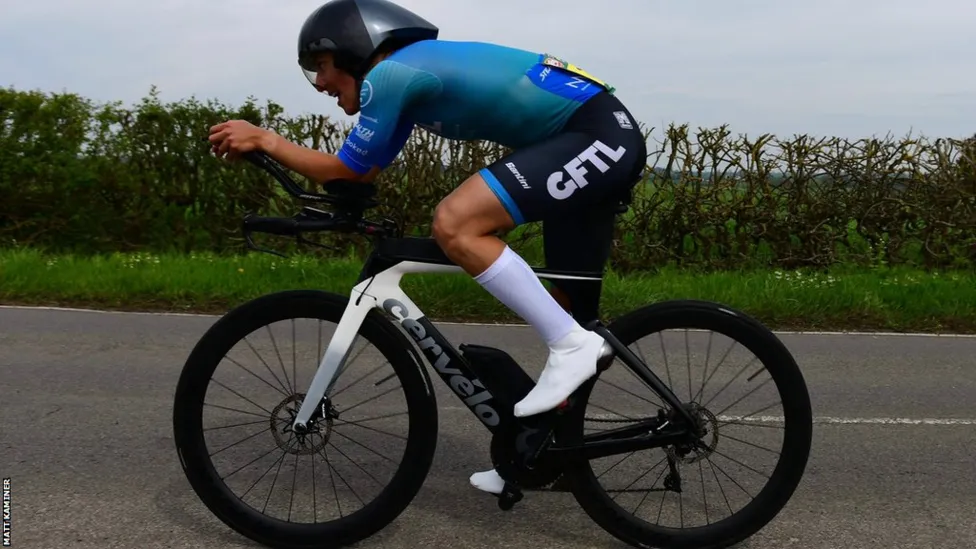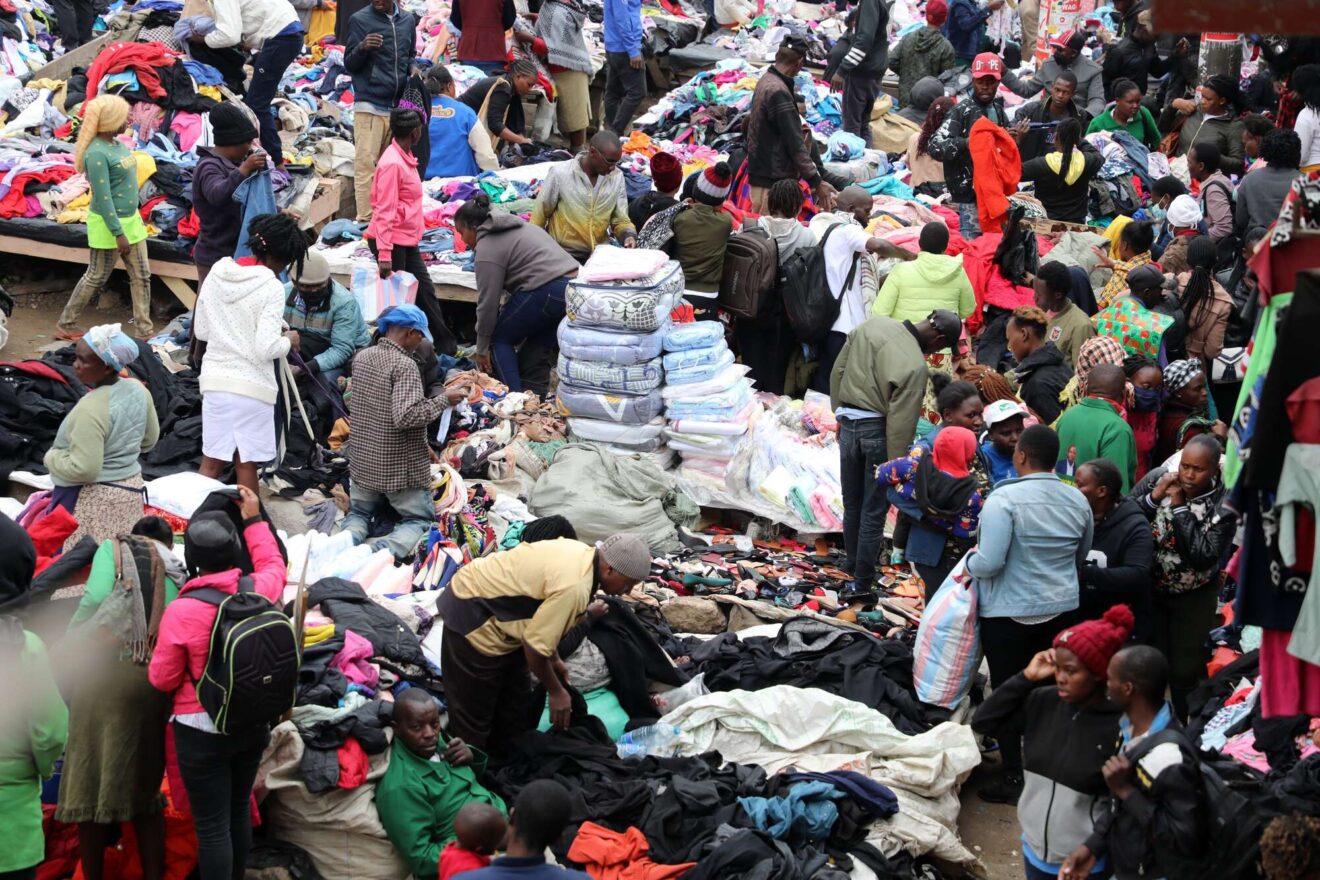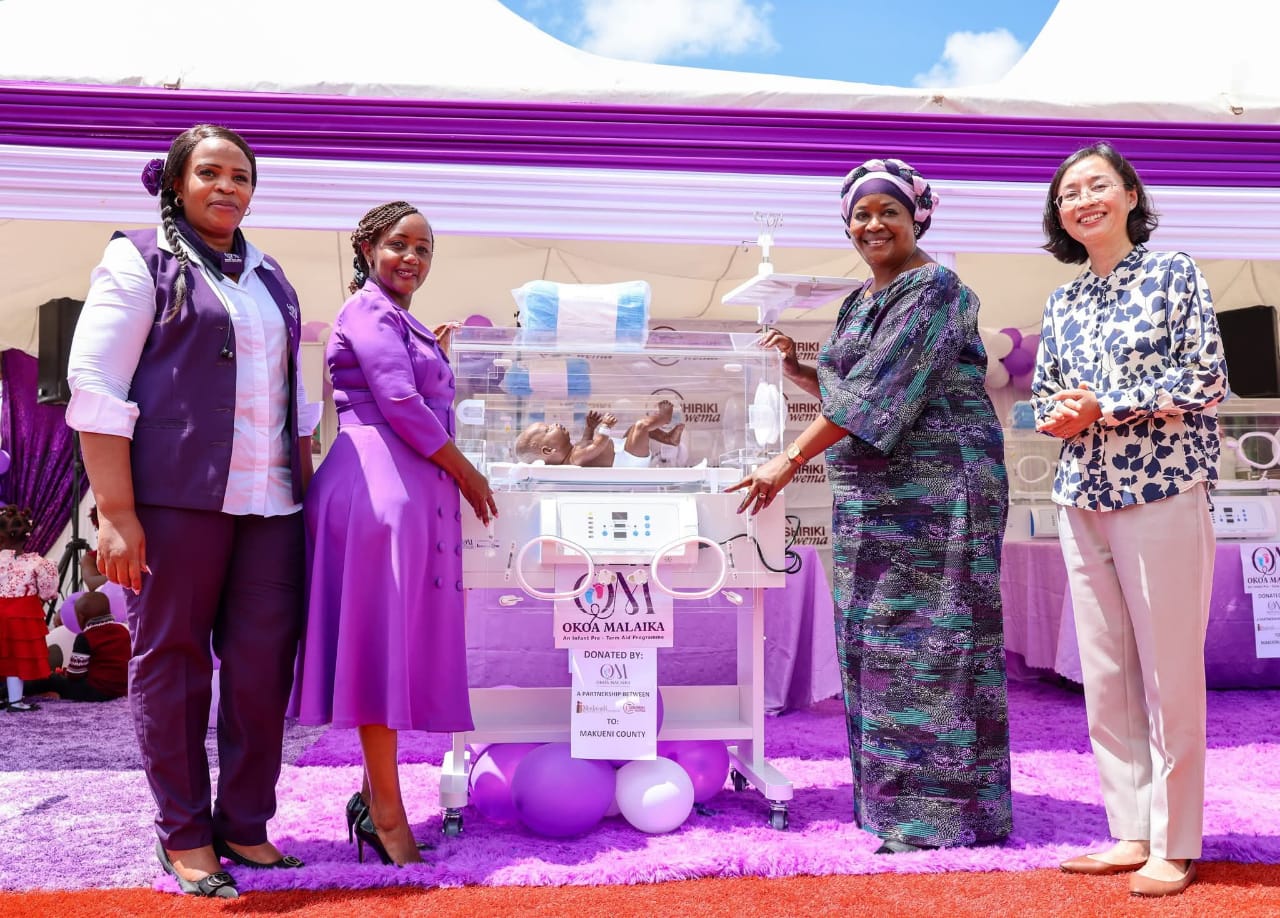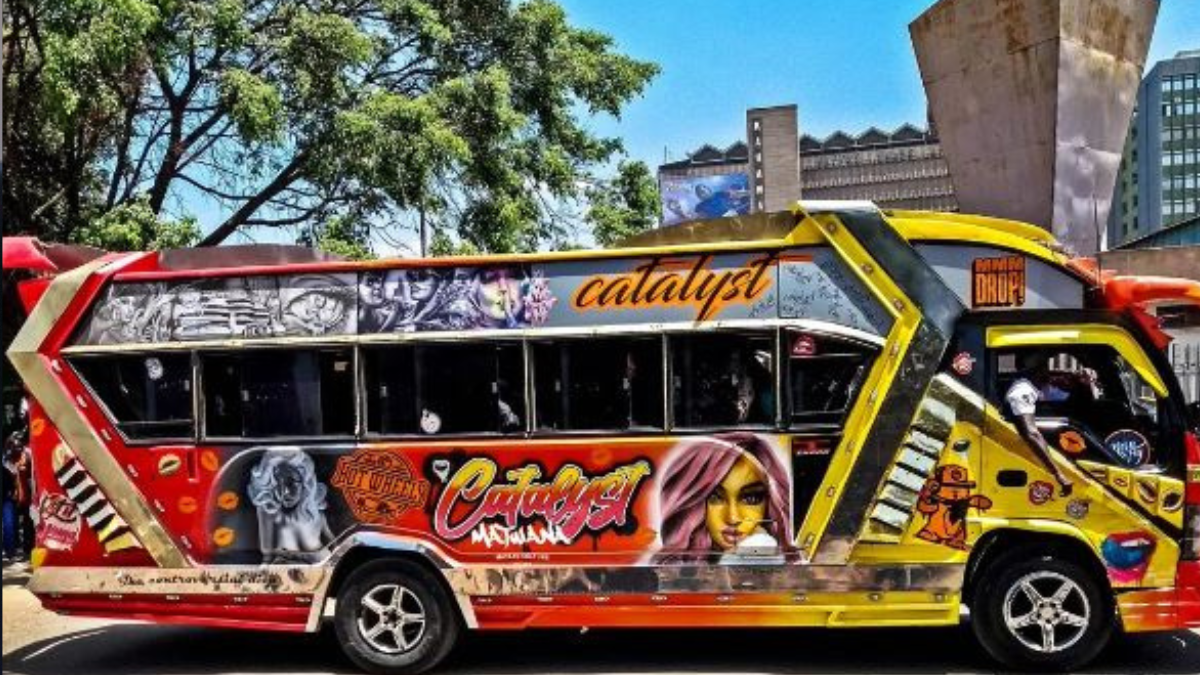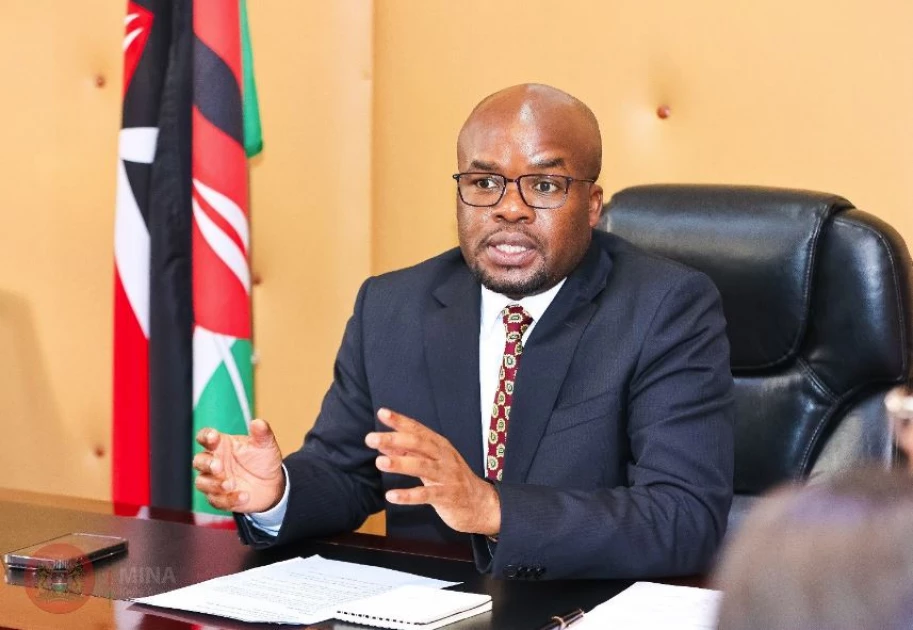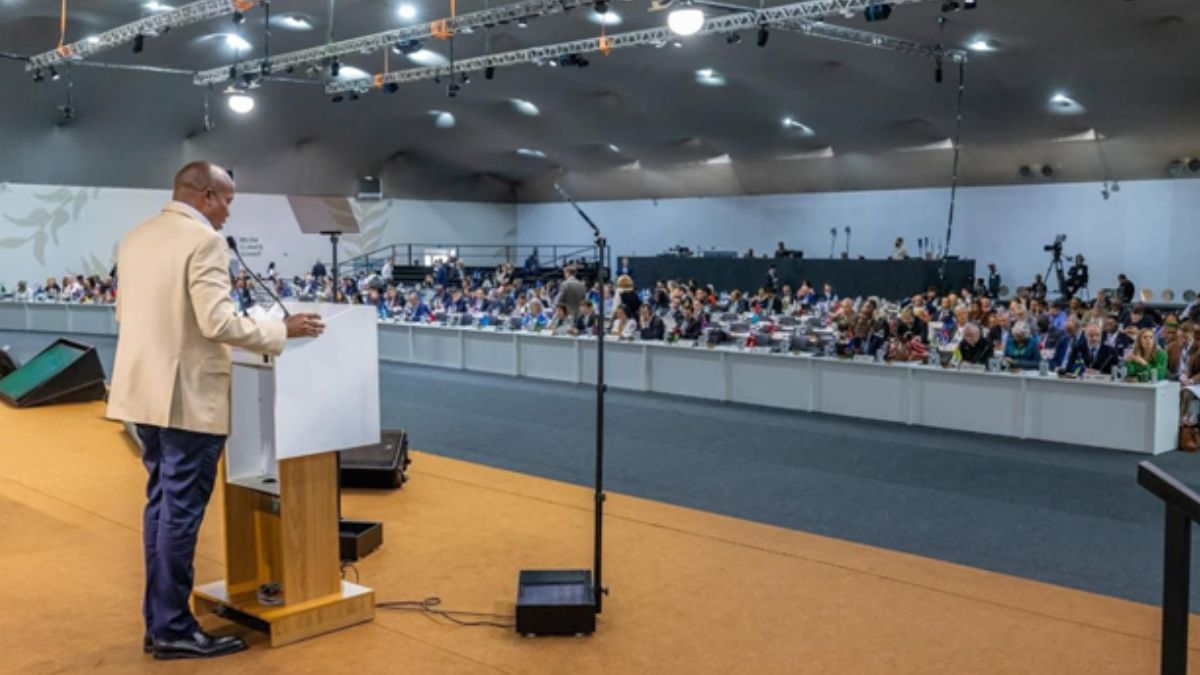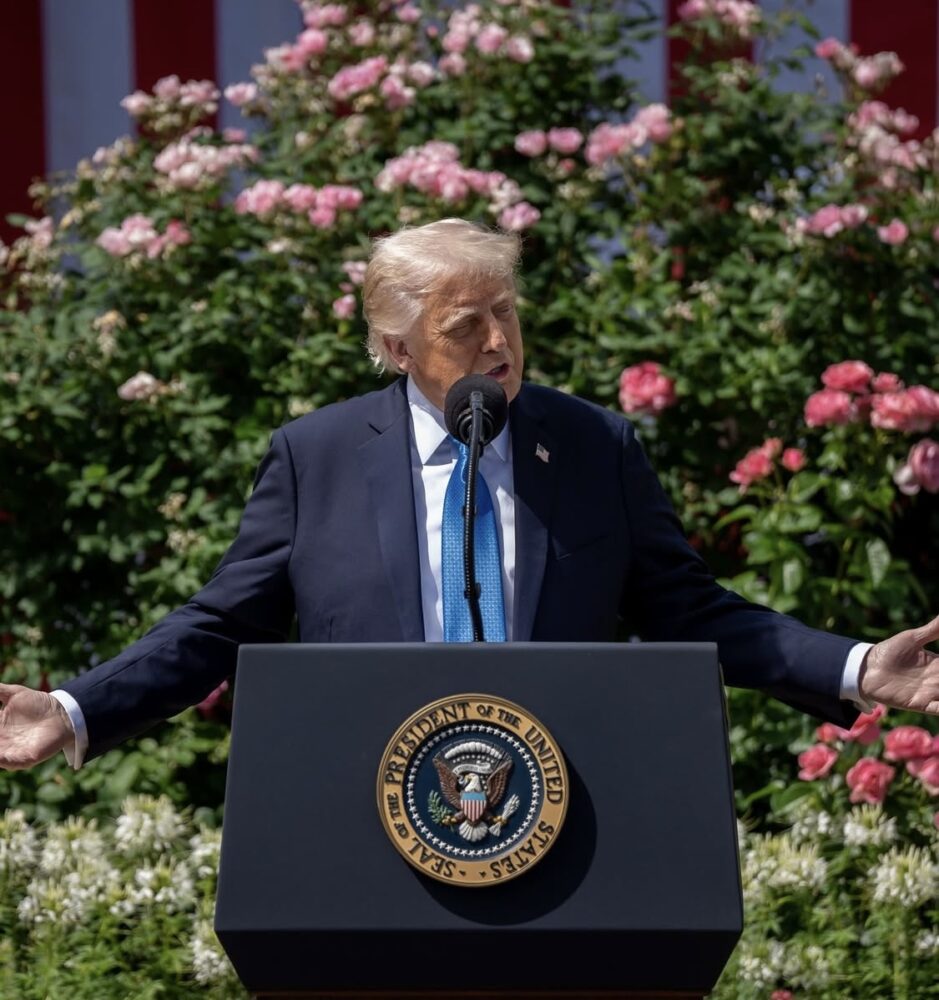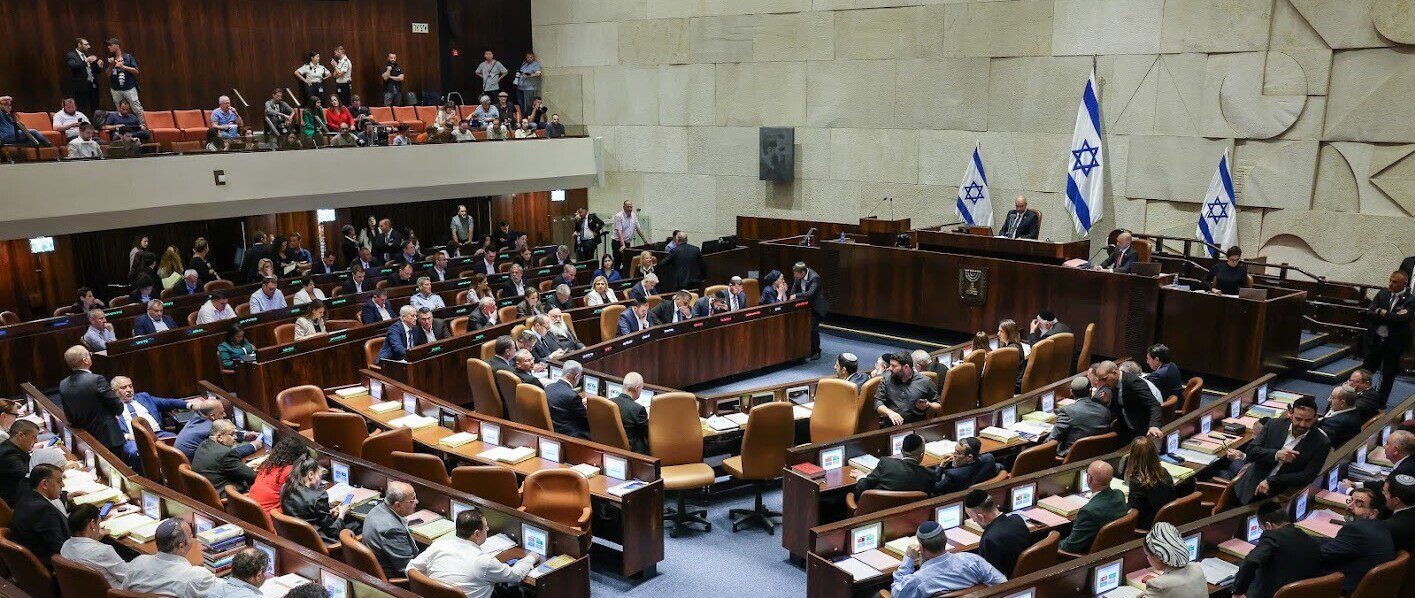The Mitumba Consortium Association of Kenya (MCAK) on Thursday, May 15 launched an economic report revealing that Kenya spends more money on new clothes than on used clothes. Data from the Economic Survey 2025 shows that Kenyan textile imports for 2024 were about KSh60 billion compared to Mitumba’s KSh28 billion.
The report dubbed ‘A Future Look at the Apparel and Footwear Industry in Kenya (2022–2037)’, finds that Kenya’s second-hand clothing (Mitumba) sector is a critical part of Kenya’s economy, job market and future, and not a threat to local manufacturing.
Commissioned by MCAK and authored by the Institute of Economic Affairs (IEA), the study provides data on the size, structure and trajectory of Kenya’s apparel industry, highlighting the urgent need for a policy framework that supports both Mitumba and local textile manufacturing.
Speaking during the launch at a Nairobi hotel, Mr. Kwame Owino, Chief Executive Officer of the Institute of Economic Affairs (IEA-Kenya) said, “It is not true that the availability of used clothes is the cause for failures in domestic textile companies.”
Key stats
- 24.2 million Kenyans bought mitumba clothes in 2023
- Kenya made KSh16 billion revenue from mitumba trade.
- Trade employs over 2 million people (10% of Kenya’s labour force of 20,641,175 people).
- Average household spends KSh409 every 3 months on mitumba clothing compared to KSh783 on new clothes.
- Mitumba trade generates 7.58 jobs in the supply chain across East Africa for every ton of second hand clothes.
“Today, we are not here to defend Mitumba. We are here to celebrate its role in Kenya’s economy and to prove that it can coexist with local manufacturing to create jobs, drive growth and keep Kenya fashionably ahead,” said Teresia Njenga, MCAK Chairperson.
According to the report, a liberalised policy environment with strategic support for both sectors is necessary to generate the highest employment, revenue and economic welfare.
Further, used clothes and new clothes do not compete as they serve different market needs. They have distinct value chains, pricing models and consumers.
The study gives a case study of Pakistan which has successfully balanced thriving textile exports with substantial second-hand imports. This offers Kenya a model of industrial and inclusive economic policy.
Mitumba is also one of Kenya’s largest contributors to environmental sustainability as it extends the lifespan of clothing and reduces textile waste.

